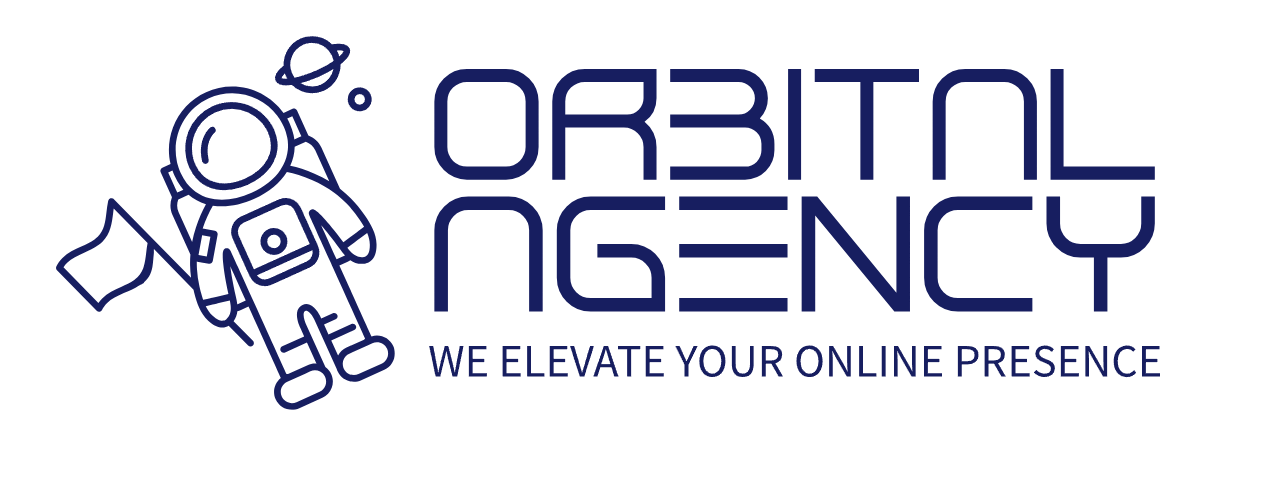Front-End vs Back-End Website Development Explained
If you've ever wondered how websites actually work behind the scenes, understanding the difference between front-end and back-end development is a great place to start. These two disciplines are the backbone of modern website development—and while they work together, they each play very different roles.
Front-end development focuses on everything the user sees and interacts with. This includes your site’s layout, color scheme, typography, navigation menu, images, animations, and buttons. Front-end developers use languages like HTML, CSS, and JavaScript to create the visual side of a website that appears in your browser.
A front-end developer is responsible for making sure the website is mobile-responsive, loads quickly, and offers a clean, user-friendly experience. They work closely with designers to bring mockups to life and ensure everything looks and behaves as expected on various devices.
Back-end development, on the other hand, powers everything under the hood. It’s the server-side logic, databases, APIs, and security that support your website’s functionality. Back-end developers use languages like PHP, Python, Ruby, Java, or Node.js, and they manage how data is stored, retrieved, and processed.
If your site includes features like login systems, contact forms, booking tools, or e-commerce shopping carts—back-end developers are the ones making sure those systems work properly. They ensure data flows securely between the server, the database, and the front-end interface.
Think of it this way: front-end is the showroom, and back-end is the engine. One makes things look polished, the other makes everything run.
Many businesses hire full-stack developers who can handle both front-end and back-end tasks. While they’re versatile, full-stack developers are typically best suited for smaller projects or startups. Larger builds often benefit from having dedicated front-end and back-end specialists.
When you hire a professional web design and development team, they’ll often work in tandem: designers provide wireframes, front-end developers build the interface, and back-end developers integrate the logic and data. The result is a seamless, functional website that looks great and performs even better.
A good development strategy also considers how the front-end and back-end communicate. APIs, AJAX requests, and RESTful services allow for dynamic content, real-time updates, and interactivity—all of which enhance user experience and boost engagement.
Understanding this division of labor helps you ask the right questions during your website project and ensures you’re hiring the right talent for your goals.
Schedule Your Free Custom Website to see how our front-end and back-end development process works together to build a beautiful, high-performing site for your business.
P.S. Thinking about upgrading your existing site? Don’t miss 5 Signs Your Mahopac Business Website Needs a Makeover for practical tips on what to look out for.
Front-end development focuses on everything the user sees and interacts with. This includes your site’s layout, color scheme, typography, navigation menu, images, animations, and buttons. Front-end developers use languages like HTML, CSS, and JavaScript to create the visual side of a website that appears in your browser.
A front-end developer is responsible for making sure the website is mobile-responsive, loads quickly, and offers a clean, user-friendly experience. They work closely with designers to bring mockups to life and ensure everything looks and behaves as expected on various devices.
Back-end development, on the other hand, powers everything under the hood. It’s the server-side logic, databases, APIs, and security that support your website’s functionality. Back-end developers use languages like PHP, Python, Ruby, Java, or Node.js, and they manage how data is stored, retrieved, and processed.
If your site includes features like login systems, contact forms, booking tools, or e-commerce shopping carts—back-end developers are the ones making sure those systems work properly. They ensure data flows securely between the server, the database, and the front-end interface.
Think of it this way: front-end is the showroom, and back-end is the engine. One makes things look polished, the other makes everything run.
Many businesses hire full-stack developers who can handle both front-end and back-end tasks. While they’re versatile, full-stack developers are typically best suited for smaller projects or startups. Larger builds often benefit from having dedicated front-end and back-end specialists.
When you hire a professional web design and development team, they’ll often work in tandem: designers provide wireframes, front-end developers build the interface, and back-end developers integrate the logic and data. The result is a seamless, functional website that looks great and performs even better.
A good development strategy also considers how the front-end and back-end communicate. APIs, AJAX requests, and RESTful services allow for dynamic content, real-time updates, and interactivity—all of which enhance user experience and boost engagement.
Understanding this division of labor helps you ask the right questions during your website project and ensures you’re hiring the right talent for your goals.
Schedule Your Free Custom Website to see how our front-end and back-end development process works together to build a beautiful, high-performing site for your business.
P.S. Thinking about upgrading your existing site? Don’t miss 5 Signs Your Mahopac Business Website Needs a Makeover for practical tips on what to look out for.
